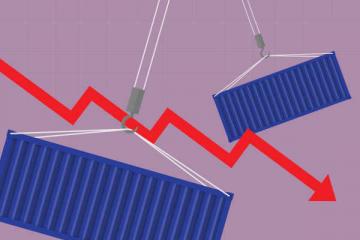Sorry, but your login has failed. Please recheck your login information and resubmit. If your subscription has expired, renew here.
January-February 2018
If you frequent supply chain conferences, as I do, you’ve probably noticed that some of the best-attended sessions are the ones that focus on emerging technologies—or what we’re calling the NextGen Supply Chain. You may have noticed something else: While topics like Big Data, artificial intelligence, augmented reality, blockchain and robotics play to standing room audiences, there’s a lot of confusion about what to do with the information. At the 2016 APICS conference, one member of the audience asked a direct question at the end of an excellent session on Big Data by Hannah Kain, the CEO of Alom: “This sounds great. But there’s not a… Browse this issue archive.Need Help? Contact customer service 847-559-7581 More options
If you frequent trendy restaurants or shop at your local food co-op, you know that the emphasis on fresh and local ingredients has never been more intense. Waiters regale us with the provenance of the artisanal cheese from Vermont, the herbs picked fresh that morning from a plot behind the restaurant and the free range organic chicken from the farm just out of town. The apotheosis may have been the episode of the television series Portlandia, in which the lead characters visited a farm to find out if the chicken they were about to eat for dinner had lived a good life before driving back to the restaurant to enjoy their meal.
While you might be tempted to dismiss it all as a passing fad, remember that Papa John’s has built a brand around the concept that better ingredients lead to a better pizza, and has created a supply chain designed to deliver on that promise. It’s distribution centers even feature production areas to make fresh pizza dough right before a shipment to its stores. As the Huffington Post once noted, the freshness movement “is more than just a buzzword — it represents an important cultural shift over the past 10 years in both the food industry and in the dining public’s priorities.”
Nor is it a North American phenomenon that is limited to the farm-to-table movement. As the population grows, governments around the world are ramping up their imports and exports of fresh agricultural and food products to feed a hungry world. In the United States, Europe and Latin America, export volumes of food have reached between 18% and 30% of total production, according to 2016 data from the U.S. Department of Agriculture’s Economic Research Service. More recently, MENA (Middle East North Africa) countries such as Saudi Arabia, Egypt and the United Arab Emirates have been importing more than ever, with Saudi Arabia increasing its year over year imports by 20% and the UAE declaring that food imports will increase from $100 billion to a projected $400 billion annually in the next 10-plus years. These will comprise of all human and animal grade fresh and processed foods. The result is that human and animal grade food products are under heightened scrutiny for freshness and palatability.

This complete article is available to subscribers only.
Log in now for full access or start your PLUS+ subscription for instant access.
SC
MR
Sorry, but your login has failed. Please recheck your login information and resubmit. If your subscription has expired, renew here.
January-February 2018
If you frequent supply chain conferences, as I do, you’ve probably noticed that some of the best-attended sessions are the ones that focus on emerging technologies—or what we’re calling the NextGen Supply Chain.… Browse this issue archive. Access your online digital edition. Download a PDF file of the January-February 2018 issue.If you frequent trendy restaurants or shop at your local food co-op, you know that the emphasis on fresh and local ingredients has never been more intense. Waiters regale us with the provenance of the artisanal cheese from Vermont, the herbs picked fresh that morning from a plot behind the restaurant and the free range organic chicken from the farm just out of town. The apotheosis may have been the episode of the television series Portlandia, in which the lead characters visited a farm to find out if the chicken they were about to eat for dinner had lived a good life before driving back to the restaurant to enjoy their meal.
While you might be tempted to dismiss it all as a passing fad, remember that Papa John's has built a brand around the concept that better ingredients lead to a better pizza, and has created a supply chain designed to deliver on that promise. It's distribution centers even feature production areas to make fresh pizza dough right before a shipment to its stores. As the Huffington Post once noted, the freshness movement “is more than just a buzzword — it represents an important cultural shift over the past 10 years in both the food industry and in the dining public's priorities.”
Nor is it a North American phenomenon that is limited to the farm-to-table movement. As the population grows, governments around the world are ramping up their imports and exports of fresh agricultural and food products to feed a hungry world. In the United States, Europe and Latin America, export volumes of food have reached between 18% and 30% of total production, according to 2016 data from the U.S. Department of Agriculture's Economic Research Service. More recently, MENA (Middle East North Africa) countries such as Saudi Arabia, Egypt and the United Arab Emirates have been importing more than ever, with Saudi Arabia increasing its year over year imports by 20% and the UAE declaring that food imports will increase from $100 billion to a projected $400 billion annually in the next 10-plus years. These will comprise of all human and animal grade fresh and processed foods. The result is that human and animal grade food products are under heightened scrutiny for freshness and palatability.
SC
MR
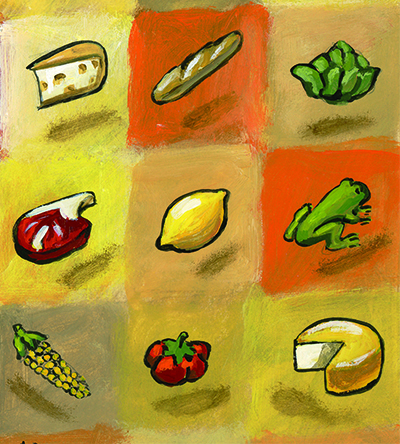

Latest Supply Chain News
- Inflation, economic worries among top supply chain concerns for SMBs
- April Services PMI declines following 15 months of growth, reports ISM
- Attacking stubborn COGS inflation with Digital Design-and-Source-to-Value
- Despite American political environment, global geopolitical risks may be easing
- Joseph Esteves named CEO of SGS Maine Pointe
- More News
Latest Podcast
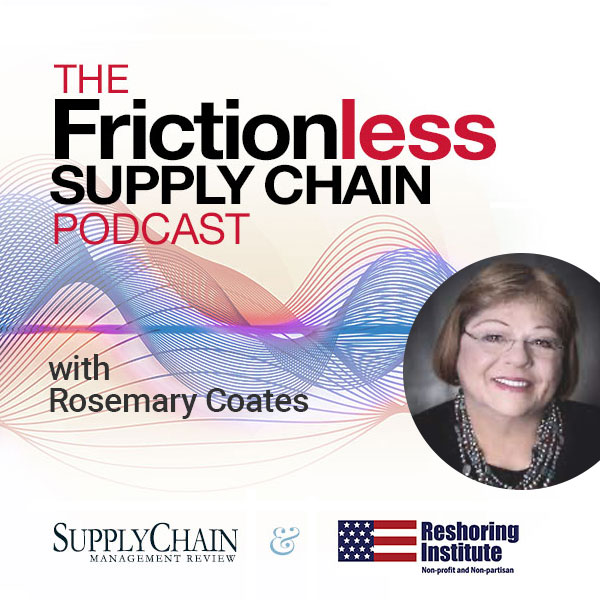
 Explore
Explore
Procurement & Sourcing News
- Inflation, economic worries among top supply chain concerns for SMBs
- April Services PMI declines following 15 months of growth, reports ISM
- Despite American political environment, global geopolitical risks may be easing
- April manufacturing output slides after growing in March
- World Trade Centers offers a helping hand to create resilient, interconnected supply chains
- Bridging the ESG gap in supply chain management: From ambition to action
- More Procurement & Sourcing
Latest Procurement & Sourcing Resources
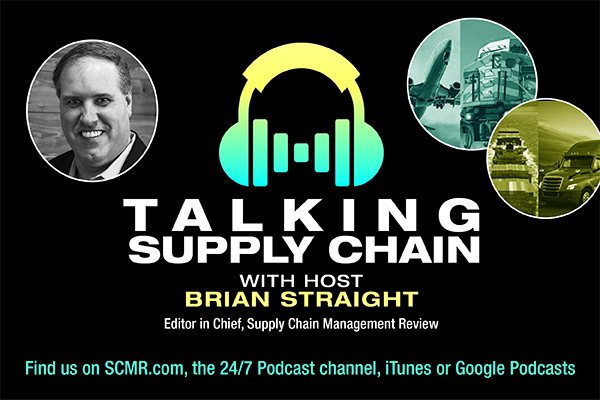
Subscribe
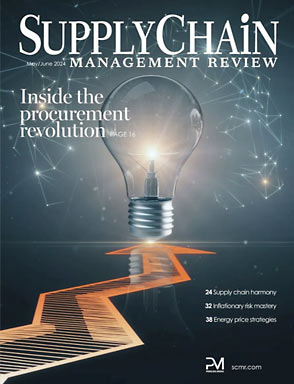
Supply Chain Management Review delivers the best industry content.

Editors’ Picks


